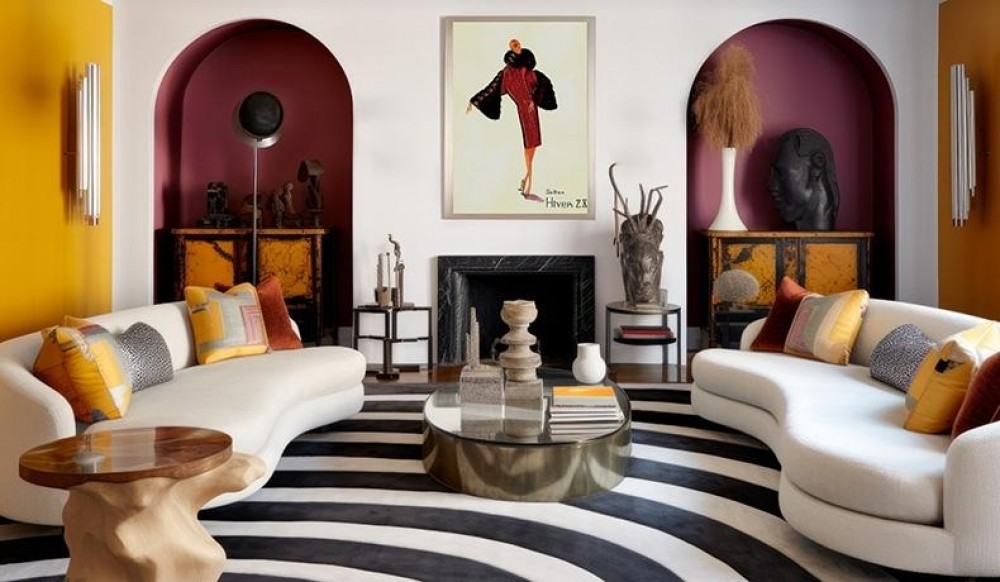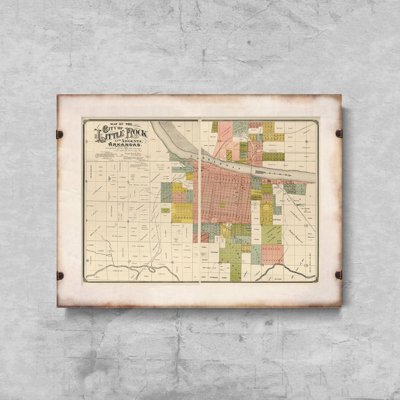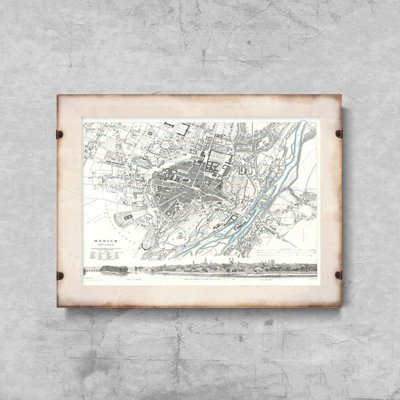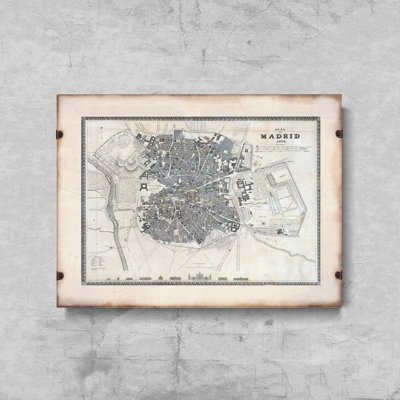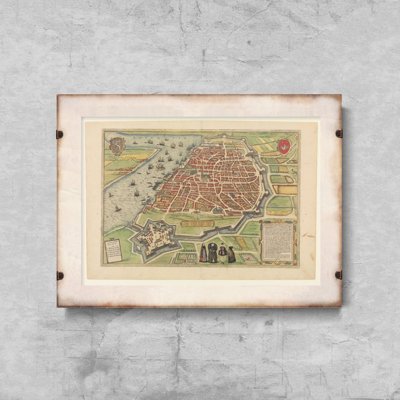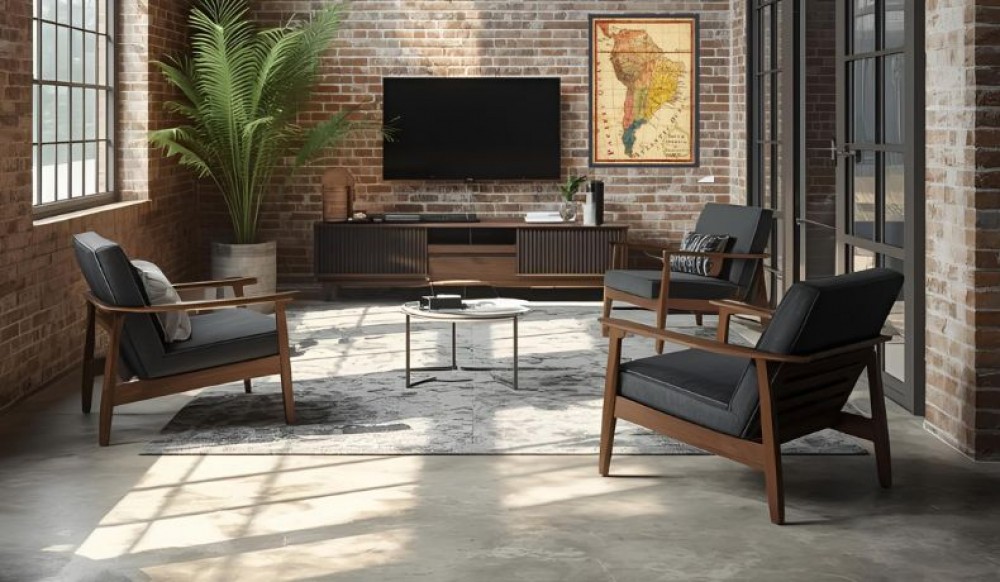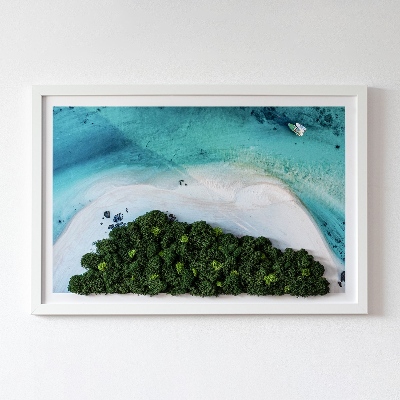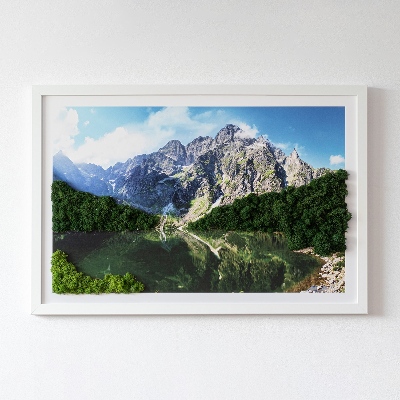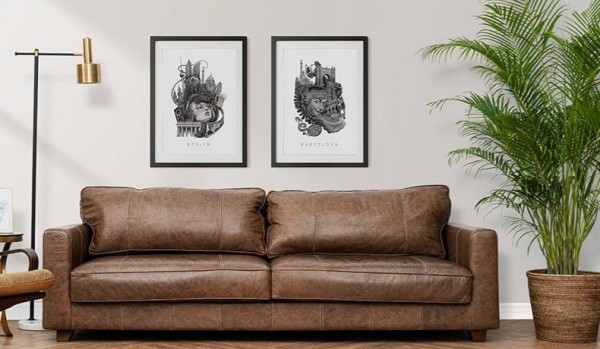
The industrial style originated in the United States when old factories and warehouses began to be adapted into spacious apartments. High ceilings, large windows, brick walls, and architectural concrete became the hallmark of this trend.
Industrial interiors combine raw materials with modern design - the arrangements are characterized by simplicity, minimalism, and an incredible atmosphere. It’s a style that allows you to design a home with soul and history, where every detail matters. The goal is to maintain a balance between rawness and coziness, so that the spaces are not only impressive but also comfortable to live in.
Industrial Interiors - Brick, Concrete, and Steel as the Foundation of the Atmosphere
If you dream of a loft-style interior, the first step is to create the right base. Walls finished with brick or wallpaper imitating old walls fit perfectly into the industrial style. Architectural concrete, on the other hand, brings a touch of modernity and minimalism to the room while blending excellently with wood or steel.
Raw materials don’t require an excessive number of decorations - they become the decoration themselves. Structural elements such as visible beams, steel pipes, or metal shelves can be exposed, creating a unique character for the home.
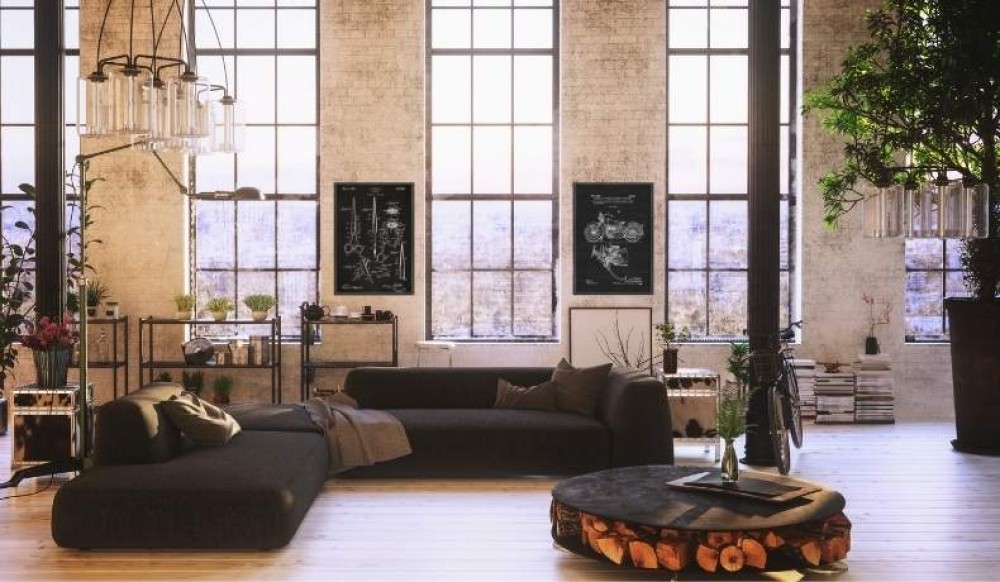
In such spaces, authenticity matters - natural materials, shades of gray, black, and beige accents are the colors that distinguish the loft style. These elements make industrial interiors evocative of old production halls while also being cozy and full of character.
Loft-Style Furniture - Simplicity and Functionality
Industrial interiors don’t need excess - minimalism and carefully thought-out individual elements dominate here. Industrial-style furniture often features solid constructions made of wood and steel. Factory machines that disappeared from production halls over time left behind inspirations in the form of massive tables, metal shelves, and simple leather sofas and armchairs.
It’s worth remembering that such furnishings not only look beautiful but also serve practical purposes - industrial is a style where functionality defines the arrangements. Minimalist solutions also fit perfectly here, emphasizing the rawness and allowing spaces to breathe.
A solid wood table with a metal base for the living room, a simple-frame bed for the bedroom, and a sink cabinet made of natural materials for the bathroom will work perfectly. However, it’s not about overloading the space - a few well-chosen elements are enough to design a home with the vibe of an old factory.
Lighting in Industrial Style - Straight from a Production Hall
Lighting in an industrial interior is not just about practicality but also an essential part of the arrangement. Lamps reminiscent of those from old workplaces - with metal shades in black, gray, or steel tones - are a must.
High ceilings encourage the use of large, striking lamps that can become the central focal point of the room. Spotlights or floor lamps on metal tripods can also be introduced, adding a cinema or photography studio vibe.
However, natural light plays an equally important role - large windows without heavy curtains, just light blinds, make loft interiors bright, modern, and full of energy. The more light, the better - industrial likes open, light-filled spaces. Lighting can also highlight brick or concrete walls, bringing out their texture and adding coziness to raw rooms.
How to Arrange a Loft-Style Apartment - Accessories
Industrial interiors aren’t just about raw materials, brick, or concrete - the overall arrangement is also shaped by accessories. It’s the trinkets and decorations that give the home soul and make it cozy.
Black-and-white photographs or vintage posters on the walls work perfectly, recalling the history of the style and adding an artistic touch.
Introducing large clocks, old crates, metal boxes, or slightly worn accessories is also a good idea - such details make industrial interiors stand out and add character.
The loft style doesn’t require an excessive amount of decorations, but these individual elements should be well-chosen and cohesive with the entire arrangement. Even curtains can serve as a subtle contrast - light, linen materials soften the rawness of the space. With such touches, industrial becomes not only modern but also cozy and full of atmosphere.
Plants in Industrial Interiors - A Green Counterbalance to Rawness
Although the industrial style is based on rawness, that doesn’t mean nature should be excluded. Quite the opposite - potted plants fit perfectly into industrial spaces, breaking the coldness of concrete and brick.
Greenery brings life and harmony into the home while creating a cozy contrast to minimalist steel or concrete surfaces. Tall plants in simple pots, vines on metal shelves, or small plants placed on the windowsills of large windows are examples of how natural materials and nature can complement industrial decor.
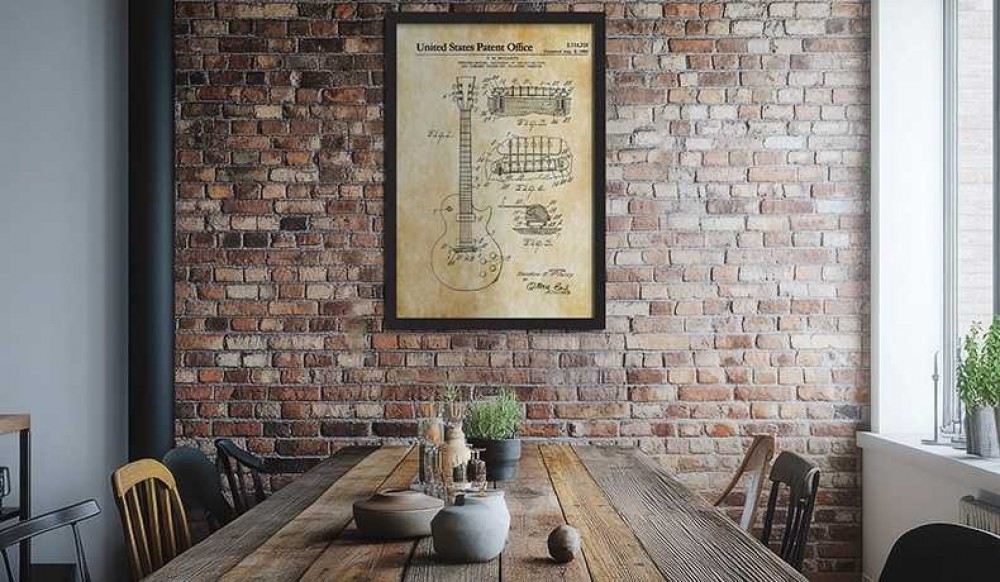
The key is not to overdo it - a few well-placed plants are enough to bring freshness and make the interiors feel more homey. Greenery in the loft style is not just decoration but also a practical way to improve air quality and overall well-being.
How to Create an Industrial Atmosphere?
Industrial interiors are more than just a trendy style - they’re a way of living in a space that combines raw materials with coziness and history with modernity. This style impresses with its minimalism while offering great freedom in creating spaces full of atmosphere and character. Brick, concrete, steel, wood, and natural materials, combined with a touch of nature and well-chosen lighting, allow you to design a home that becomes a true hallmark of its residents. These are interiors that don’t fear time - they gain even more authenticity and soul as the years go by.
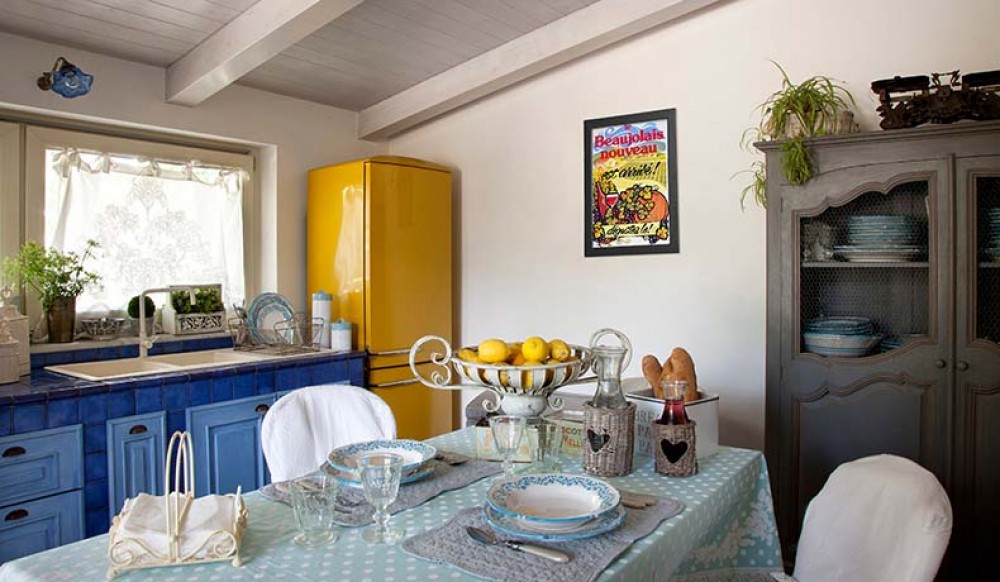
How to arrange a kitchen in retro style?
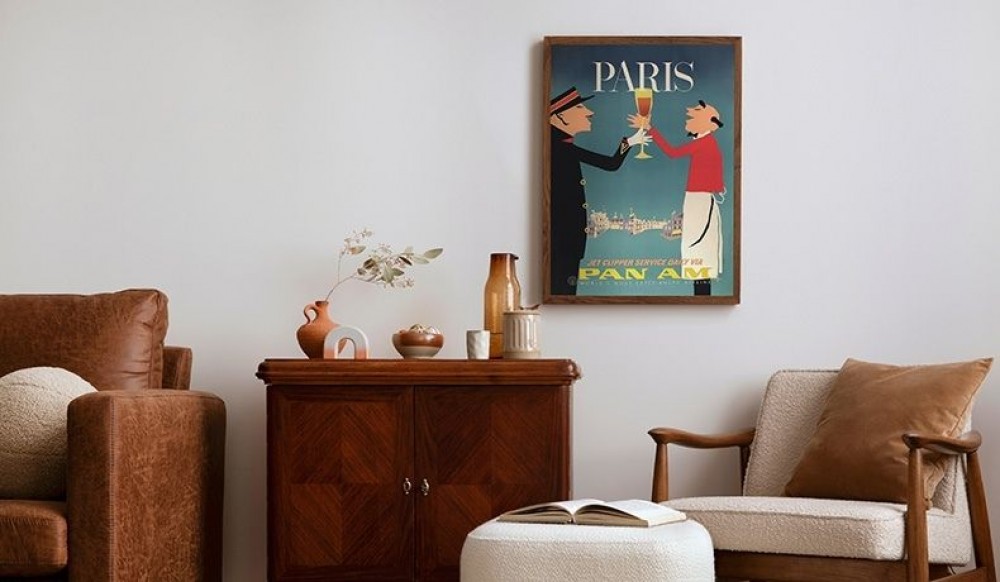
How to decorate a living room in retro style?
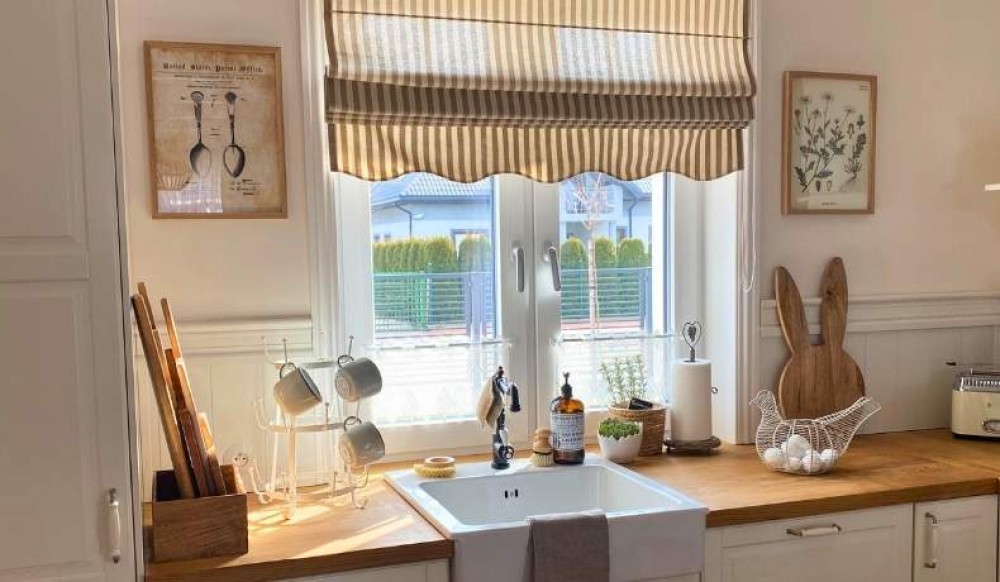
How to decorate a kitchen with character? Details that change everything
